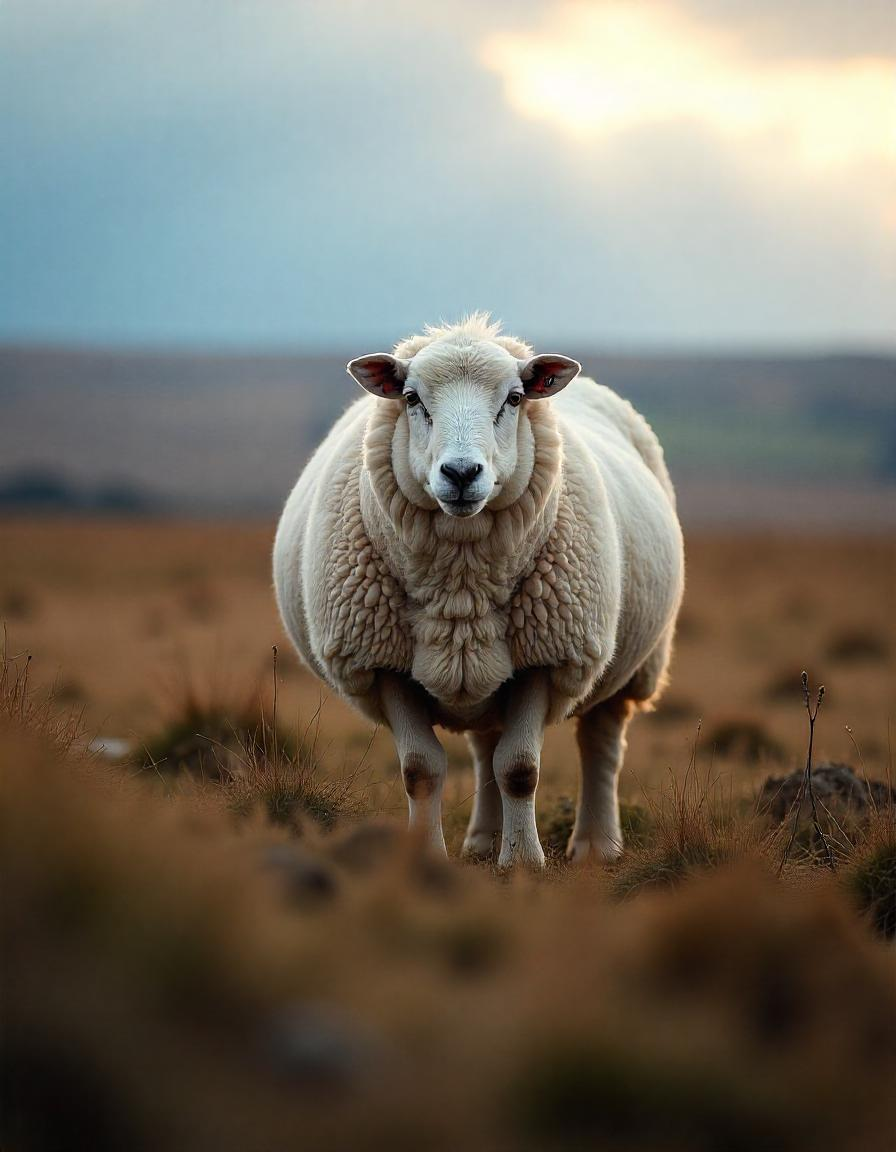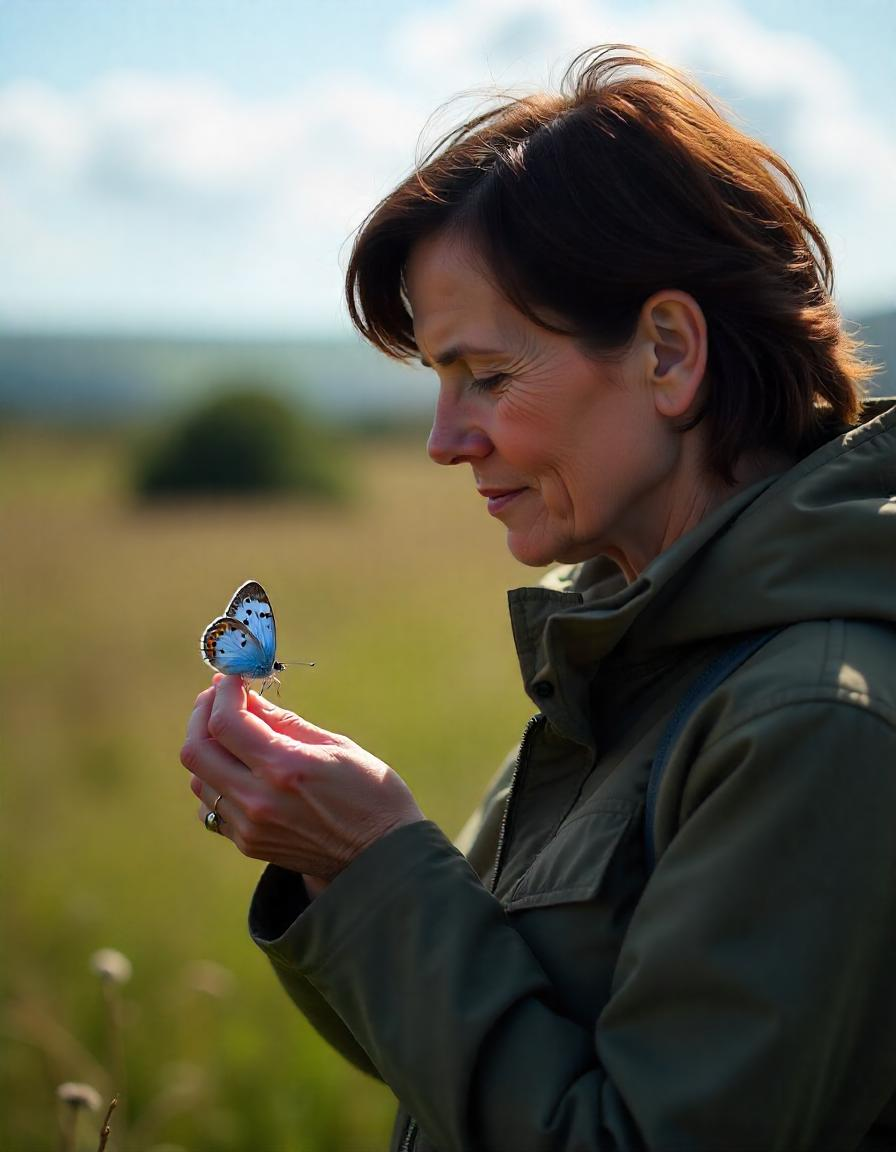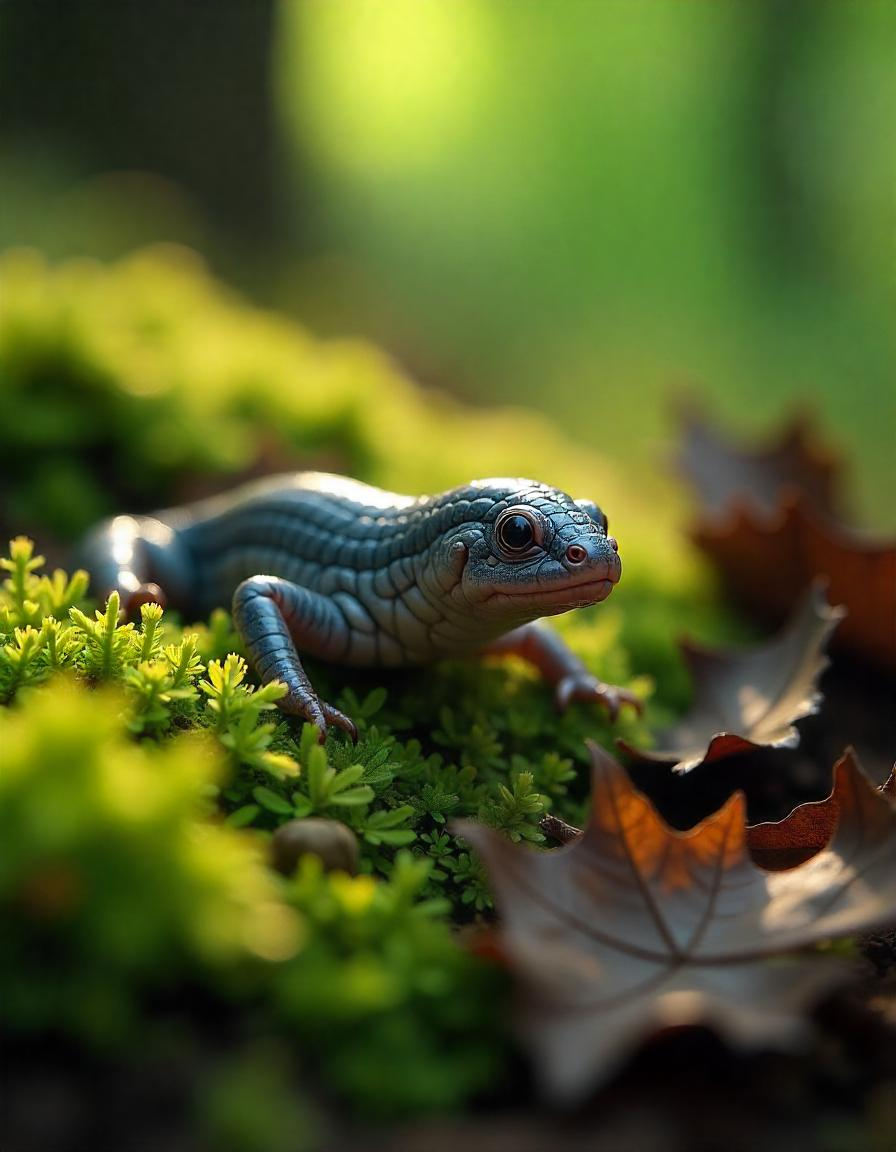Dartmoor National Park is a captivating sanctuary for wildlife, with mammals playing an essential role in its rich biodiversity. From the iconic Dartmoor ponies to elusive creatures like bats and stoats, the mammals of Dartmoor contribute to the park’s ecological balance and natural charm.
Iconic Mammals of Dartmoor
Dartmoor Ponies
Undoubtedly the most famous residents of Dartmoor, these ponies have roamed the moors for centuries. Hardy and well-adapted to the rugged terrain, Dartmoor ponies are known for their sturdy build and gentle nature. While they may appear tame, they are semi-wild animals, grazing freely on the moorlands. Visitors are advised not to feed or disturb them, as human intervention can disrupt their natural behaviors and diet.
Roe Deer
Roe deer are some of Dartmoor’s most graceful creatures, often seen in the park’s woodland areas. These shy mammals are most active during dawn and dusk, feeding on leaves, grasses, and shoots. Spotting a roe deer as it moves silently through the forest can be a magical experience for any nature enthusiast.
Badgers
Badgers are nocturnal residents of Dartmoor, living in extensive burrow systems called setts. These black-and-white mammals are highly social and live in family groups. Although sightings are rare due to their nocturnal habits, evidence of their presence, such as tracks and foraging signs, can often be spotted along quieter paths.
Foxes
Foxes are found across Dartmoor’s varied landscapes, from wooded valleys to open moorlands. These adaptable mammals are known for their intelligence and resourcefulness. They are most active during twilight hours, making them a thrilling yet discreet sight for visitors.
Smaller Mammals in Dartmoor
Otters
Otters have made a remarkable recovery throughout Devon, and Dartmoor’s rivers and wetlands offer suitable habitats for these playful mammals. They can be spotted along secluded riverbanks, particularly in less-frequented areas around Dartmeet or Lydford. Their presence indicates healthy ecosystems, as they rely on clean waterways and abundant fish populations.
Hedgehogs
Hedgehogs are often found in farmland and near hedgerows, although their numbers have been declining in recent years due to habitat loss. Dartmoor provides vital refuge for these spiny mammals, with its mix of natural countryside and traditional farming practices.
Bats
Dartmoor’s night skies are alive with the fluttering wings of bats. The park is home to several species, including the rare lesser horseshoe bat. These mammals forage for insects during the evening and take shelter in ancient woodlands and old buildings. Listening to their high-pitched calls through a bat detector can enhance any nocturnal exploration on the moor.
Stoats and Weasels
Stoats and weasels are small carnivorous mammals that thrive in Dartmoor’s meadows and hedgerows. Stoats, distinguishable by their black-tipped tails, are skilled hunters that prey on rabbits and small rodents. Weasels, smaller but equally tenacious, are also adept at navigating Dartmoor’s dense undergrowth.
Habitats Supporting Dartmoor’s Mammals
The diversity of landscapes in Dartmoor sustains a wide range of mammal species.
- Moorlands provide open expanses where ponies graze and small mammals like voles flourish, supporting predators such as foxes and stoats.
- Woodlands shelter creatures like roe deer, badgers, and bats while offering abundant food sources and nesting areas.
- Rivers and Streams are lifelines for otters, voles, and amphibians, creating a thriving base for predators and prey alike.
- Field Edges and Hedgerows act as wildlife corridors, connecting habitats and allowing mammals to move safely across the landscape.
Conservation Efforts for Dartmoor’s Mammals
Preserving Dartmoor’s mammal populations requires ongoing conservation efforts. Farmers, locals, and conservationists work together to maintain habitats and ensure the survival of species. Initiatives include:
- Restoring Hedgerows to provide safe passageways and nesting areas.
- Monitoring Otter Populations to track water cleanliness and ecosystem health.
- Protecting Woodland Areas to aid species like bats and roe deer while encouraging regrowth.
- Wildlife Education to increase awareness among visitors about how to minimize their impact and respect Dartmoor’s natural habitats.
Tips for Spotting Mammals in Dartmoor
Wildlife watching requires patience and a sharp eye. Here’s how to increase your chances of glimpsing Dartmoor’s mammals:
- Time Your Visits
Early mornings and late afternoons are the best times to see mammals like deer or ponies, while badgers and foxes are more likely to show themselves under cover of darkness. - Bring the Right Equipment
Binoculars are invaluable for observing animals from a distance, helping you respect their space while enjoying clear views. - Explore Less Frequented Areas
Venturing to quiet parts of the park will improve your chances of encountering wildlife. Look for signs like tracks, burrows, or grazing areas. - Stay Quiet and Observant
Move slowly, stay downwind, and be prepared to wait. Animals are more likely to appear when their environment is calm and undisturbed. - Respect Guidelines
Stick to paths, avoid feeding animals, and follow the Countryside Code to help maintain Dartmoor as a sanctuary for wildlife.
Discover Dartmoor’s Mammalian Wonders
From the iconic profiles of Dartmoor ponies silhouetted against the horizon to the darting movements of stoats in the undergrowth, Dartmoor National Park offers a tapestry of mammalian life. The diversity of species and habitats makes every exploration an opportunity for discovery. Whether you’re an avid wildlife spotter or a casual visitor, the mammals of Dartmoor are sure to leave a lasting impression.
Take the time to observe, appreciate, and protect these remarkable creatures on your next visit to Dartmoor. Their presence enriches the park, making it a true haven for wildlife enthusiasts.



